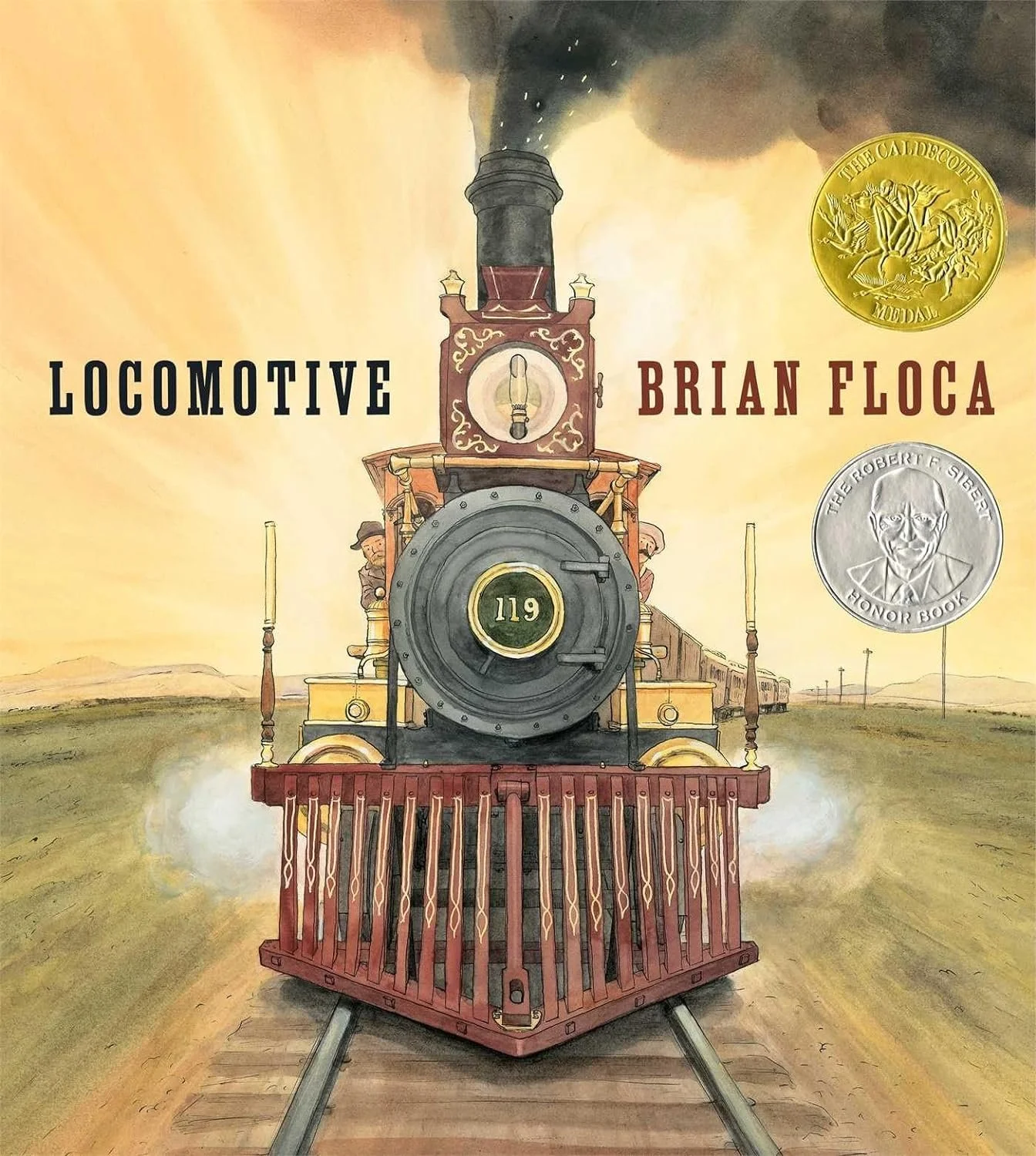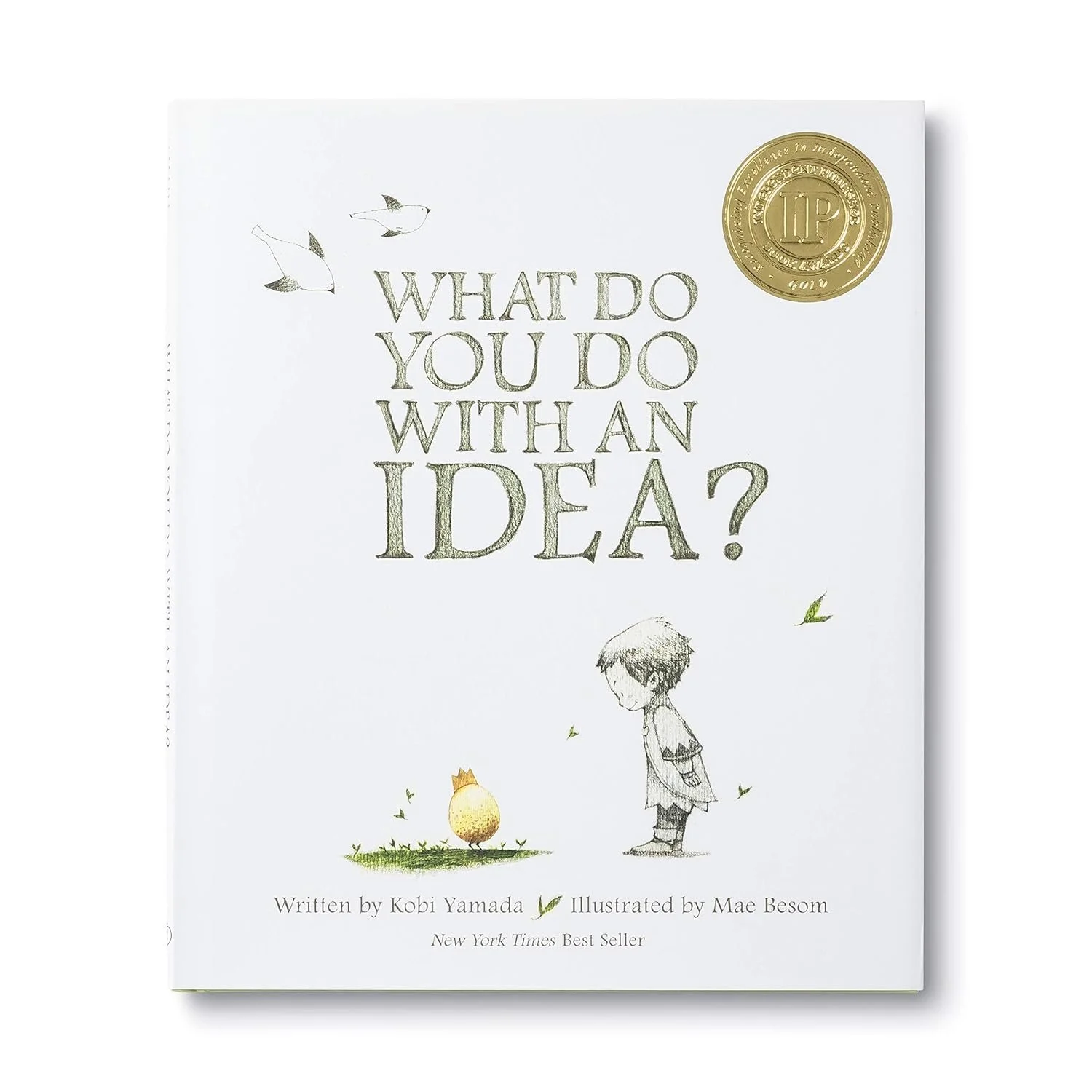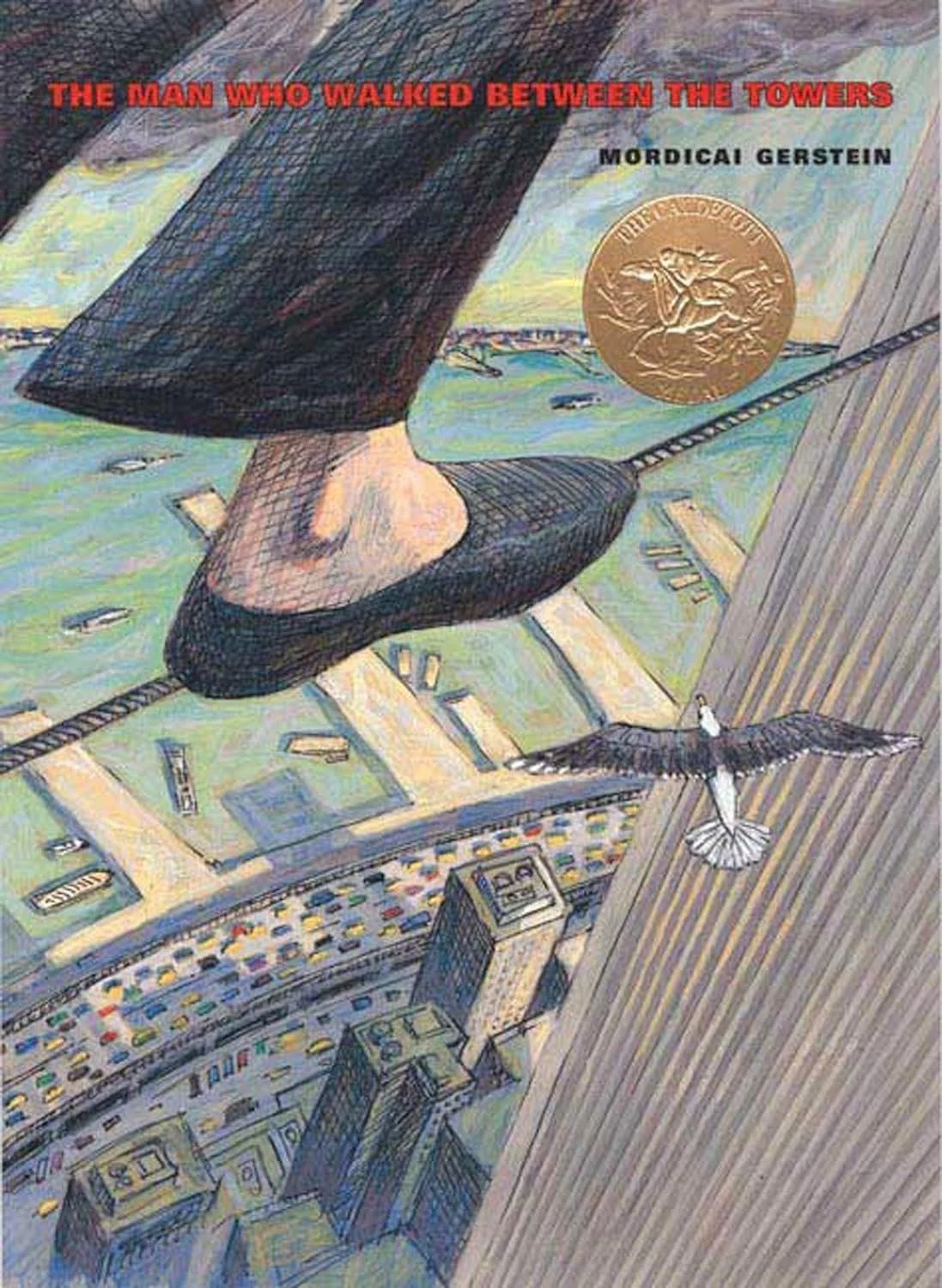Ten Favorite Picture Books for Older Kids
Picture books aren’t just valuable for young children and early readers—they can be amazing learning tools for older kids as well! Many picture books tackle difficult and complex subjects, such as self-love, historical complexities, and emotional turmoil. In picture book form, such complicated topics can inspire important discussions and greater depth of understanding through easy-to-grasp metaphors, illustrations, and language choices. Check out some of our favorites below!
Love in the Library by Maggie Tokuda-Hall, illustrated by Yas Imamura
Tama knows words for all kinds of things. As the librarian at the Minidoka internment camp, those words include constant, as in constant fear and constant injustice, but also miraculous, as in miraculous stories that keep her company. It’s not until she gets to know George that she learns a word that can encompass her varied and often-conflicted feelings as an innocent prisoner in her own country. That word opens her eyes to the power of the human spirit, and opens her heart to love. This beautiful story helps older children better understand the complex realities humans often face.
Watercress by Andrea Wang, illustrated by Jason Chin
When her parents stop to pick watercress from a ditch beside the road, their daughter is not happy. She knows watercress reminds her parents of growing up in China, but she is ashamed to step in watery muck to pull out stringy plants with snails clinging to them. Yet everything changes when the spicy, prepared dish cracks open her mother’s memories of China and all that she lost in the Great Famine. Suddenly, watercress becomes more than a weed—it becomes something new, something old, something beautiful and bittersweet. This story is ideal for older children struggling to understand their parents.
Locomotive by Brian Floca
Thanks to the conductor, the brakemen, the firemen, and the construction workers, a locomotive crosses from one side of the United States to the other. Where pioneers once traveled in covered wagons, the train blows its whistle and moves like lightning across the land. Passing through plains, beside rivers, and up and down mountains, it chugs from station stop to station stop. This beautifully illustrated story brings the days of the early locomotive to lyrical life—a perfect choice for educators and parents!
The Oldest Student: How Mary Walker Learned to Read by Rita Lorraine Hubbard, illustrated by Oge Mora
At 114 years old, Mary Walker had never learned to read. Even after emancipation, Mary’s life of sharecropping and hard work made learning to read merely a long-distance dream. But after losing each of her sons and her husband, Mary decided enough was enough. At 114 years old, she used her tireless work ethic to study letters and sounds until the freedom of literacy was finally hers. With its gorgeous illustrations, this story is a wonderful reminder to that we’re never too old to learn!
Big by Vashti Harrison
When the narrator was young, getting big was a good thing! But as she gets older, kids call her names. Even adults tell her she’s too big to do things—like cry. Yet when she lets herself feel her emotions, she can finally see more clearly and better understand her own goodness. This book is a wonderful reminder for older kids that may feel out of place, both emotionally or physically.
Twenty-One Steps: Guarding the Tomb of the Unknown Soldier by Jeff Gottesfeld, illustrated by Matt Tavares
After every war, there are those who never return, known only to those that loved them. Told in the voice of the Unknown Soldier, this story uses simple descriptions and rich illustrations to share the history of the Tomb of the Unknown Soldier, reminding readers of the importance of giving reverence to those who never came home. A great choice for older readers, this story helps instill respect for the ultimate price so many have paid for our country’s freedoms.
What Do You Do with an Idea? by Kobi Yamada, illustrated by Mae Besom
When an idea shows up, the narrator doesn’t know what to do. Should he share it? Hide it? What will people think? He soon learns that the more attention he gives his idea, the more the idea grows and grows, until eventually… it changes the world! This metaphorical story is perfect for sparking discussion about the power of ideas. Even the illustrations mirror its inspiring message—the idea starts as the only point of color, but it grows until color fills the entire page!
The Man Who Walked Between the Towers by Mordicai Gerstein
When Phillipe Petit saw the Twin Towers in their final stage of construction, he knew what he needed to do—walk between the towers on a highwire! He and friends snuck to the roof in the middle of the night to set up the highwire. Then, to the surprise of early morning New Yorkers, he walked the tightrope for over an hour! Although he was arrested for his stunt, you’ll never guess what the court’s punishment entailed! Read to find out!
Hello Lighthouse by Sophie Blackall
A lighthouse keeper tends his lighthouse, and the light beams across the water, as if saying, “Hello, hello, hello!” When the lighthouse keeper’s wife arrives, she helps with the lighthouse duties, even taking over when her husband falls sick. But advances in technology mean their work won’t last forever. With beautiful illustrations and lyrical prose, this book offers a glimpse into the historical lives and work of lighthouse keepers and their families, based on the detailed logbooks they kept. There’s even a two-page spread of in-depth information about lighthouses at the end of the book, making it a perfect choice for parents and educators alike!
Malala’s Magic Pencil by Malala Yousafzai, illustrated by Kerascoёt
When Malala Yousafzai was a little girl, she dreamed of owning a magic pencil that would draw dreams into reality—a lock to keep her brothers out, a beautiful dress for her mother, or a real soccer ball. But when a new group of leaders tries to keep girls from attending school, her dreams expand. She writes her story and shares it around the world. And in time, she realizes that real magic isn’t in a magic pencil, but in her “words and in [her] work.” With sketch-like illustrations and simple words, Malala reminds us that one person, one voice, can change the world.











